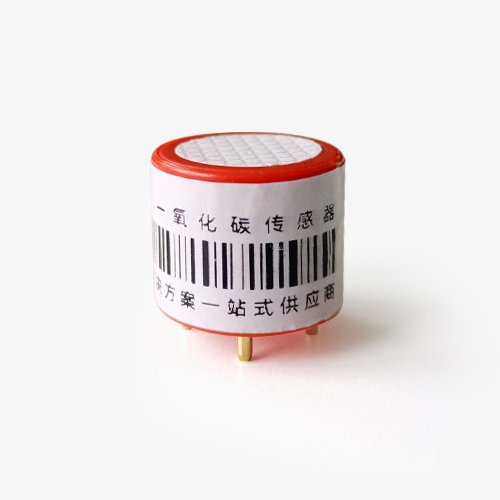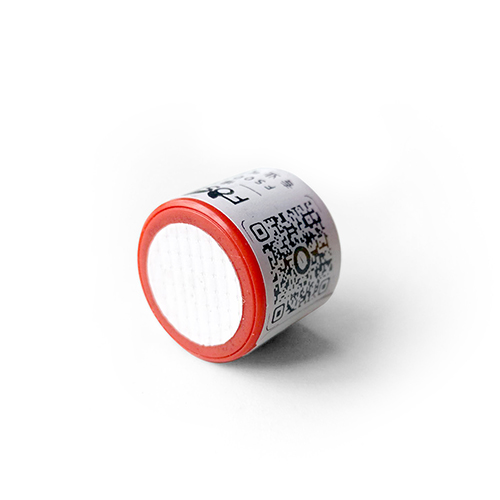Electrochemical sensor carbon monoxide
Electrochemical sensor carbon monoxide plays an important role in industry, agriculture and atmospheric environment detection. Under normal circumstances, carbon monoxide is a colorless, odorless, tasteless, and insoluble gas, commonly known as the “invisible killer”.
Winter is a prone and high-incidence period for carbon monoxide poisoning incidents. According to monitoring data in the past five years, non-occupational carbon monoxide poisoning occurs mainly in households, accounting for approximately 95.8% of all non-occupational carbon monoxide poisoning incidents. In mild cases, dizziness, nausea, vomiting, tinnitus, and vertigo occur; in severe cases, death may occur due to hypoxic failure of the heart, lungs, and brain, which is clinically called acute carbon monoxide poisoning.
So how can we accurately sense whether the concentration of carbon monoxide in our environment exceeds the standard? Especially in some closed places, special attention needs to be paid to changes in carbon monoxide concentration. So how to accurately detect it?
Carbon monoxide sensors mainly include Semiconductor gas sensor, Catalytic gas Sensor, electrochemical gas sensor, and a small number of other types, such as solid electrolyte gas sensors. These sensors absorb combustible gases in the surrounding environment and produce chemical or electrochemical reactions on the sensor surface, causing changes in the electrical output characteristics of the sensor and realizing the alarm function after circuit processing. Each type of sensor works on different principles, resulting in different working characteristics. For different measured gases, a more appropriate gas sensor needs to be selected to achieve better performance.
How to choose a carbon monoxide sensor
① For carbon monoxide gas leakage detection, especially for domestic places, when the carbon monoxide leakage concentration is low, it is required to detect it quickly and achieve a single point alarm. The detection process of semiconductor sensors only involves the adsorption and desorption process of gas. Severe oil fumes in the kitchen rarely remain on the surface of sensitive materials and will not affect their actual service life. Therefore, semiconductor gas sensors with lower detection limits and longer service life are the best choice. A better choice for home alarms.
② The catalytic combustion carbon monoxide sensor has high accuracy and is suitable for quantitative detection in coal mines, petroleum, chemical industry, gas and other fields. However, its operating temperature is high and the catalyst is easily deactivated. At the same time, the silicone and sulfide released from adhesives and rubber products in the surrounding environment can easily poison the catalyst, causing the sensor to completely fail. In industrial sites, the alarm is generally calibrated regularly using standard gases and the amplification is adjusted to prevent the sensitivity of the catalytic sensor from attenuating and causing a significant deterioration in accuracy. However, when used in general households, it is basically maintenance-free, and cooking fumes are in sensitive materials. Surface combustion will produce severe carbon deposits, so the lifespan of a gas alarm using a catalytic sensor will not exceed three years. If the house has been renovated during the use of the alarm, its lifespan will be shortened to one year.
③For the detection of low-concentration carbon monoxide in artificial gas and incomplete combustion processes, due to the high toxicity of carbon monoxide, the alarm point generally does not exceed 200ppm. In order to prevent false alarms or missed alarms, it is better to choose Electrochemical sensor carbon with higher sensitivity and accuracy. monoxide.
After more than 40 years of historical development in the market, carbon monoxide sensors have been continuously improved. In the past, carbon monoxide sensors and carbon monoxide alarms were required for linked monitoring, but now, carbon monoxide sensors can complete both monitoring and alarming by themselves.








